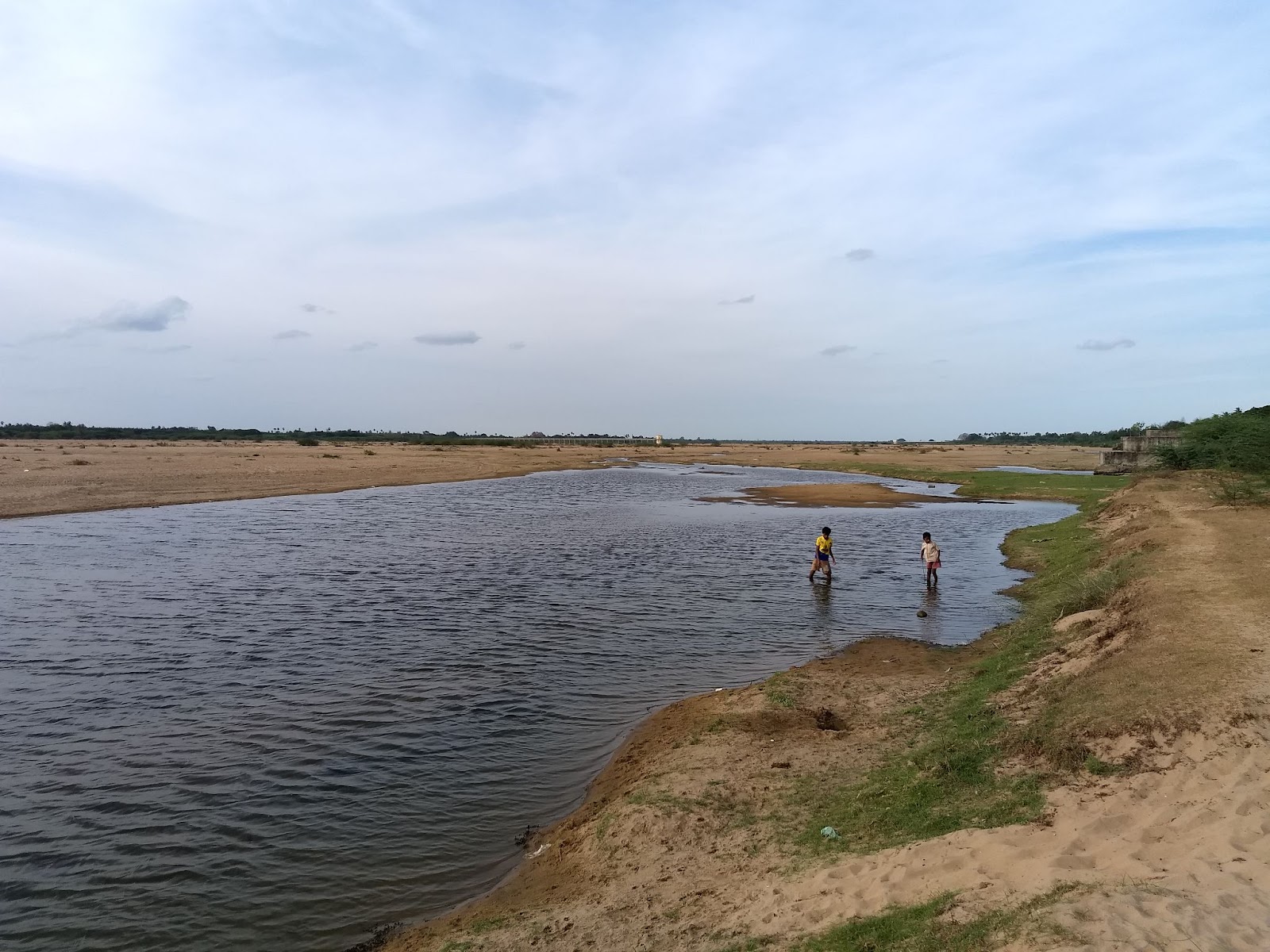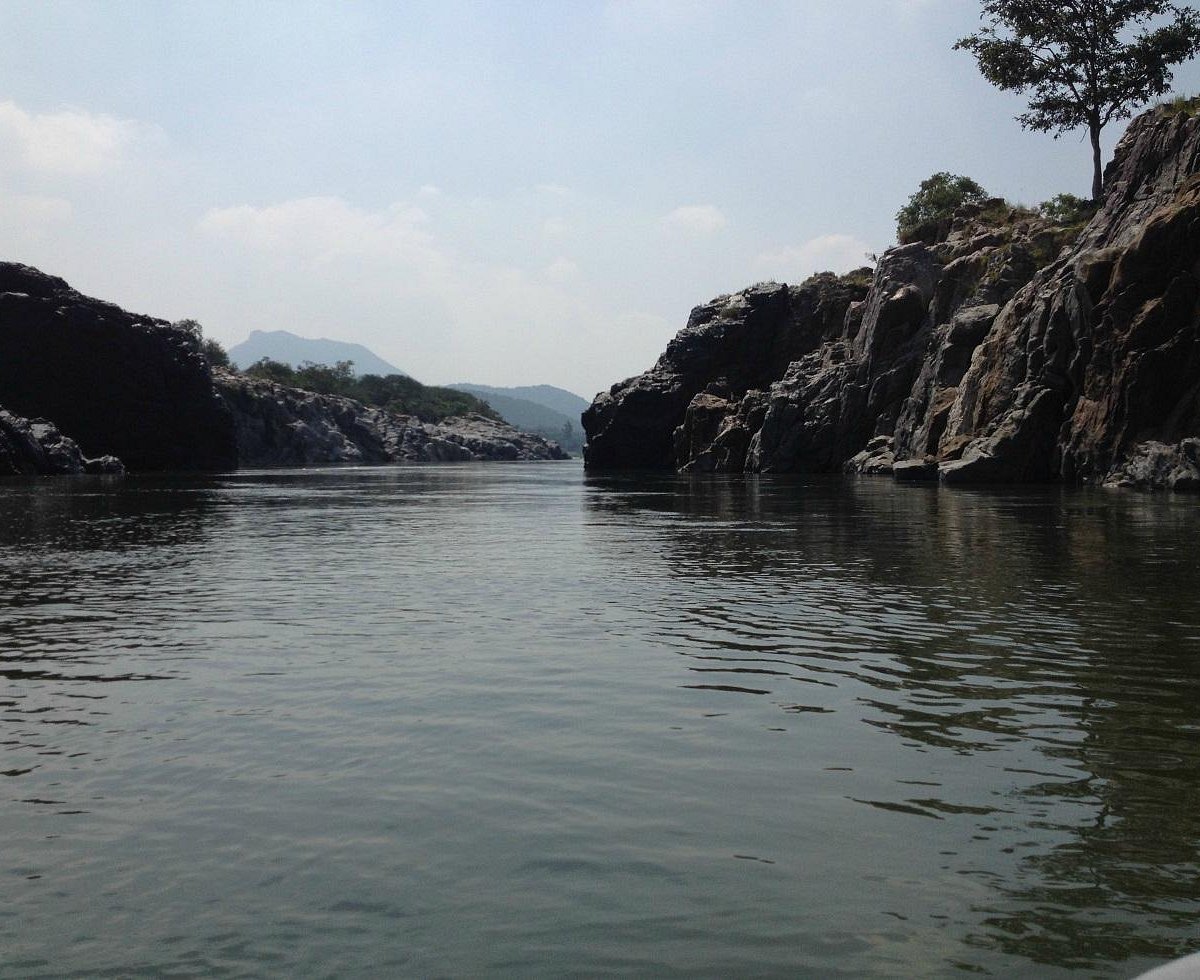- Thiru Anbil Sri Vadivazhagiya Nambi Perumal Temple - Thiru Anbil, or Sundararaja Perumal Temple (also called Vadivazhagiya Nambi Perumal Temple), in Anbil, a village in the outskirts of Tiruchirappalli in the South Indian state of Tamil Nadu, is dedicated to the Hindu god Vishnu.
- It is 5th divya desam which is one of the 108 Divyadesam dedicated to Vishnu, who is worshipped as Sundararajan and his consort Lakshmi as Sundaravalli.
- The temple is believed to be built by king Sundara Chola of the 8th century AD.
- This temple is also known as ‘Pancha Ranga Kshetram' of Lord Vishnu.
- The temple is mentioned in the Naalayira Divya Prabandham, the ancient Tamil canon of the Alvar saints from the 6th-9th centuries CE.
History and Administration:
- The temple is located on the Northern bank of the river Kollidam, at a distance of 25 km (16 mi) from Trichy.
- King Sundara Chola, the ruler of the area, was a devotee of the temple. Upon his war victories, he donated immense wealth to this temple.
- His prime minister Anirudha Brahmarayar is believed to be from Anbil, the village where the temple is located.
- The temple is maintained and administered by the Hindu Religious and Endowment Board of the Government of Tamil Nadu.
- An Executive officer appointed by the Board manages the temple along with Srirangam Ranganathaswamy temple, Pundarikakshan Perumal Temple at Thiruvellarai, Sri Azhagiya Manavala Perumal Temple at Woraiyur and Mariamman Temple at Anbil.
- Annadhanam scheme, which provides free food to devotees, is implemented in the temple by the Board.
- Under the scheme, free food is offered to hundred devotees every day in the temple and the expenditure is fully funded by the contributions from devotees.
Temple’s History 1:
- As per Hindu legend, sage Sutaba or Mandoogam who was doing penance at this place.
- He had powers to reside both in water and land.
- He did not observe sage Durvasa, who was waiting for him.
- Durvasa got irritated and cursed Sutaba to become a frog called mendakam in Sanskrit.
- Suthaba requested Durvasa for the penance he had to do to get relieved of the curse.
- Durvasa explained to him that the curse was on account of the sin he committed in his previous birth and Vishnu would appear to him to relieve him.
- Suthaba, as a frog, continued his penance under water in the Mendaka Theertham in the temple and Vishnu appeared to him as Sundararajan.
Temple’s History 2:
- Once Lord Brahma, the creator of the Universe thought to Himself that He is the sole reason for the world being so happy and beautiful, but Lord Vishnu advised Brahma to keep His cool, and not to show His ego.
- Lord Brahma was unable to change Himself and so Lord Vishnu cursed him to go to Earth and take birth as a normal human being.
- Lord Brahma who was born as a human being on the earth went to many Temples and worshipped in order to get rid of his curse.
- At that time he saw a very handsome man who crisscrossed him a few times. Brahma thought that he had never seen such a handsome man till then.
- Later he realised that the handsome man was none other than Lord Vishnu, who came down to show him that beauty is not stable and ego will demolish one’s life.
- As Lord Vishnu showed mercy on Brahma and showed his Full Form or Avathar at this place it is called as Anbil where Anbu denotes Love in Tamil.
7a4f4a.png)

